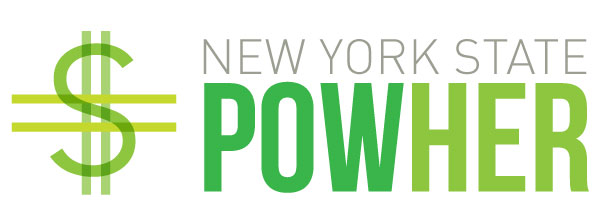Join us this Women’s Equality Wednesday
22 October 2014 @1:00-1:30 pm est
For Our Free Live Webcast ~ “REPRESENTATION AT ALL TABLES”
Watch: http://bit.ly/RepLIVE
DESCRIPTION: At the current rate, parity in women’s leadership will be reached in the United States in 2085! Whether it’s politics, finance, entertainment, or the military, few women have a seat at
the decision making table. NYS PowHER’s panel will explore why and how to change the playing field, culture and ourselves.
PANELISTS:
Wendy Amengual Wark – Founder, Inclusion Strategy Solutions LLC
Tiffany Dufu – Chief Leadership Officer, Levo League & Launch Team member, Lean In
Levo League @levoleague
Mecca Santana – New York State Chief Diversity Officer
Chief Diversity Officer, New York State @MeccaSantanaCDO
Serena Fong – Vice President, Government Affairs, Catalyst
Catalyst @CatalystInc
THE FACTS
Benchmarking Women’s Leadership Report compares fourteen job sectors. Bottom line, although outperforming men, women still do not have parity in salaries and leadership positions. Some examples:
Academia. Women win more than 55% of the most prestigious awards despite only holding 29% of tenured positions.
Law. Women were 47% of the graduates, yet only 15% of equity partners and 5% of managing partners in 2012.
Business. Women held 51% of professional and managerial positions but only 15% of executive positions and 13% of board of director seats in Fortune 500 companies in 2013.
Politics and government. Women hold 18 percent of seats in the 2013 Congress, cosponsor more bills, and bring in more federal spending to their districts. Similar to other states, the NYS legislature is only 22% female. More
Catalyst research connects gender diversity and financial performance and builds the business case that Diversity Matters. Yet U.S. businesses are slow to embrace needed change or initiatives like the United Nations Women’s Empowerment Principles “Equality Means Business.”
U.S. Women in Business
What is NYS PowHer?
We are a network of individuals and organizations coming together to accelerate economic fairness for New York women. Our backgrounds, jobs, economic status, age, and religions may be different, but we all agree that women deserve and need a level playing field. Some of us are long-time advocates and others new to the conversation, but we find common cause as a community: learning together, sharing information and actions, and generating PowHer to create a new reality for 10 million New York women and their families.
What is our mission?
NYS PowHer is building a broad, diverse, statewide collective effort to improve the economic outlook for New York women by addressing keys obstacles, promoting winning strategies, and educating and activating the public.
How do we get there? To tackle this, we will activate P-O-W-H-E-R:
What will NYS PowHer do?
We will amplify the amazing efforts already in full swing around New York State, like the Time to Care campaign and the Women’s Equality Agenda.
We will shake things up by sharing new ideas and approaches, encouraging meaningful action, and energizing the conversation.
We will take the lead on issues where good work needs to be done.
We will inform our community in real time with social media, share the excellent resources out there, and sponsor opportunities to learn together, like conversations with leaders and webinars.
We will include you to participate in any way you can and listen to your ideas and viewpoint.
For More Information:
Onward!
~ Wendy
Let me know what you think!
Email me: wendy@inclusionstrategy.com ~ www.inclusionstrategy.com













